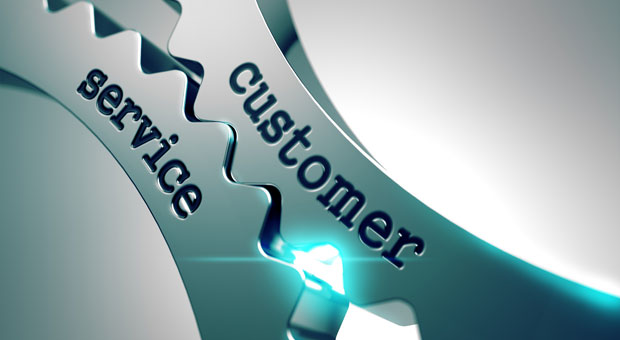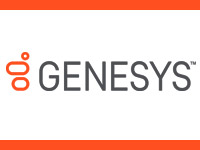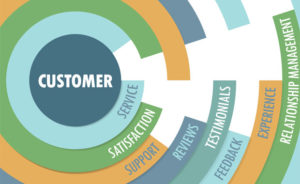Mobile technology has delivered a lot of useful functionality that enables vendors and their customers to be on the same page more frequently. However, the screen size has an inherent drawback: It shows a very narrow slice of a reality — typically one idea at a time. The problem is especially acute in the key areas of sales and service.
A mobile “help” app should deliver help the customer values. One that misunderstands the customer’s situation or its role in responding to it can be a source of pain, frustration or even customer churn. We’d be kidding ourselves if we didn’t see that problem.
Good AI and machine learning tools have done a lot to ensure that the sales offers vendors place on customers’ small screens are the ones customers actually value.
The same need exists in customer service — putting the right information before a customer — but AI might not be necessary. However, because the mobile screen will support only one idea at a time, it’s critical that the help is, well, helpful.
There’s less to wonder about in a help situation and therefore less need for analytics. What is needed is simply step-by-step help as a customer traverses a process.
The Helpshift Approach
Helpshift, an emerging company in the customer service space, has been supporting service processes with an innovative approach to placing help at every step in a service process. This approach ensures the app’s help keeps up with the customer’s need.
Helpshift did something really cool this week, when it announced integration with the Salesforce Service Cloud and made the integration available on the AppExchange. Importantly, Helpshift FAQs are mapped to and managed by the Salesforce knowledge base, making it possible to manage Helpshift from the Salesforce dashboard.
When a mobile user initiates a chat in a Helpshift-powered mobile app, it automatically creates a Salesforce case. The case contains all of the metadata and data from the user’s phone, saving time and increasing accuracy and time to resolution.
It’s not hard to create a first-level integration with Salesforce, and many vendors do this. What’s interesting about Helpshift’s approach is that it has created an integration that not only satisfies the end user in the moment, but also goes on to work within Salesforce to enable knowledge base updating over the life of the mobile app.
From that point, you can imagine more functionality being added over time. For instance, how long before natural language processing becomes part of the interface?
Empowering Customers
Customer self-service once was thought to be the peak of customer empowerment, but we soon discovered that self-service systems were, in some cases, the same support systems used by agents — but possibly with nicer front-ends.
That didn’t work — at least in part because there’s a lot of knowledge capital that agents have as employees that customers, by definition, don’t. So customer self-service had a rocky start, and customers who used those systems easily could be discouraged.
Today’s self-help, exemplified by Helpshift, does away with old style self-service while really empowering customers. If an issue needs escalation, that’s a standard part of the solution. Conventional indirect service channels have been highly successful, with better than 80 percent of customers checking them before calling a service center.
That has resulted in fewer calls, but the ones that get through often are more complex and require the help of a real person. So, don’t expect this or any service automation to replace the agent.
The real benefits of the Helpshift integration will be twofold: For customers, it will provide fast answers in a channel that might have lacked them before. For vendors, it might be another way to limit the high costs of customer service. Given people’s propensity to solve their own problems, this should be a benefit to all parties.


























































